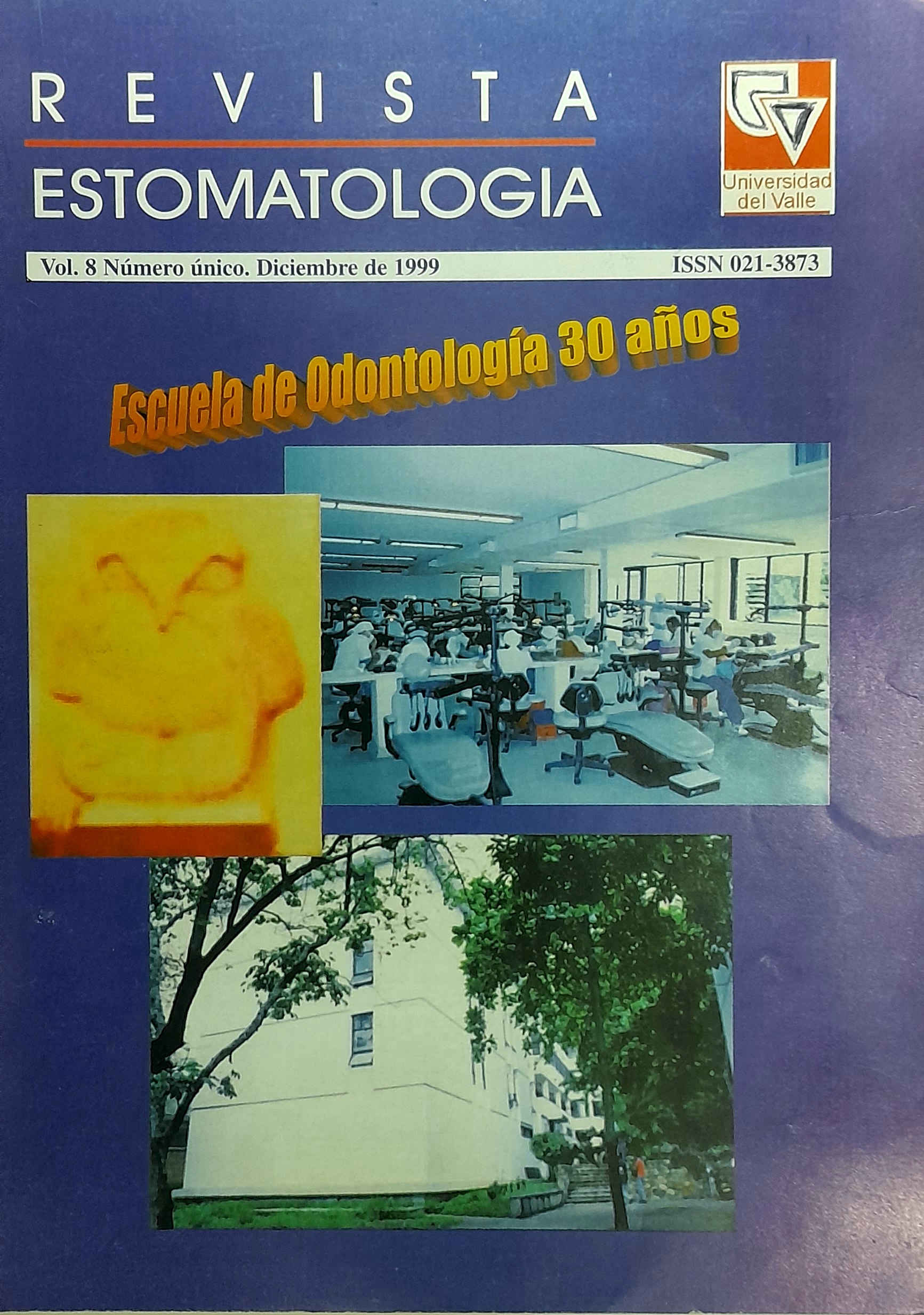Cultivo y caracterización in vitro de una línea celular de fibroblastos gingivales humanos
Main Article Content
Tbc main goal is to establish a cellular line of fibroblast which come from human gingival tissue, identifying its morphologic featores. Samples were raken from gum of healthy patients without medical antecedents.
Three females and three male were selected. Ages were between 16 and 30 years old. A sample of 0,5 cm- of gum was obtained to rake it to a cellular growth environment. Cultures were incobated at 37*0, CO. atmosphere at 5% for ten (10) days. Samples were observed daily with inverted light Microscope Olimpus II. At 6th day growih of fusiform cells was observed; their morphology was in coincidence with that of the tibrobUsts, At 18^ day a monolayer of IOO'VQ purity was observed. The cellular line was preserved and stored by freezing in liquid nitrogen.
Downloads

This work is licensed under a Creative Commons Attribution-NonCommercial-NoDerivatives 4.0 International License.
Los autores/as conservan los derechos de autor y ceden a la revista el derecho de la primera publicación, con el trabajo registrado con la licencia de atribución de Creative Commons, que permite a terceros utilizar lo publicado siempre que mencionen la autoría del trabajo y a la primera publicación en esta revista.

